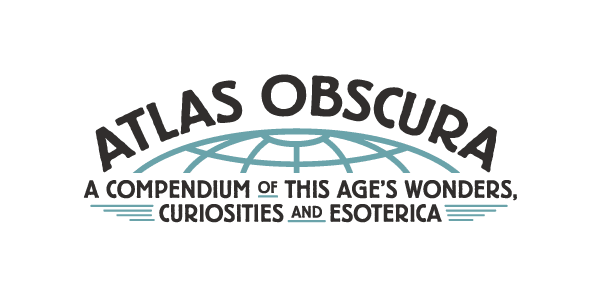In our academic lives, we have books and articles that we regularly return to. The dog-eared pages of these treasured readings contain lines of text etched with questions or reflections. It's difficult to imagine a similar level of engagement with a digital text. There should probably always be a place for print in students' academic lives -- no matter how technologically savvy they become.
I agree, but know more and more folks may start to argue against this.


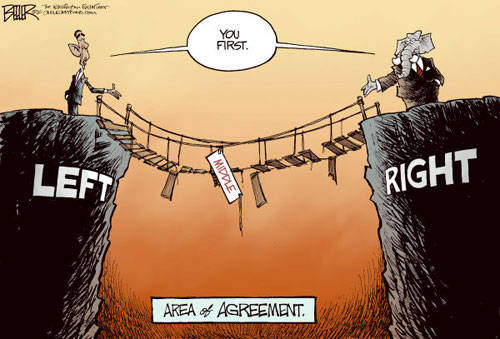


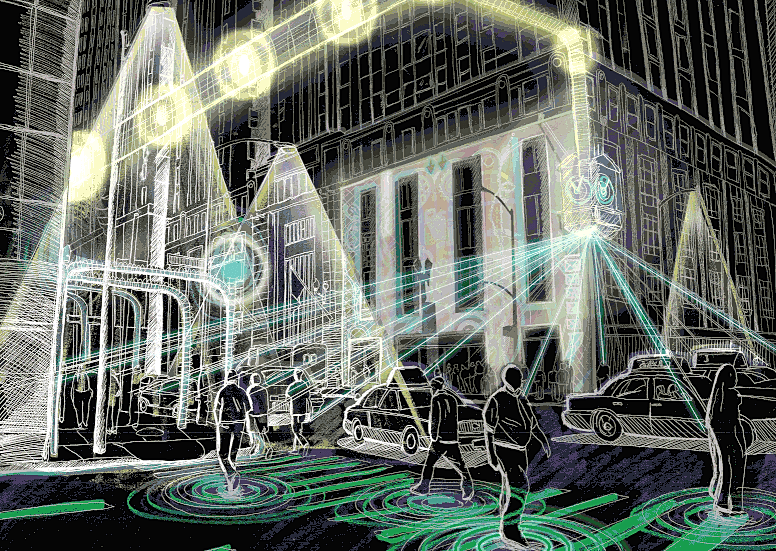





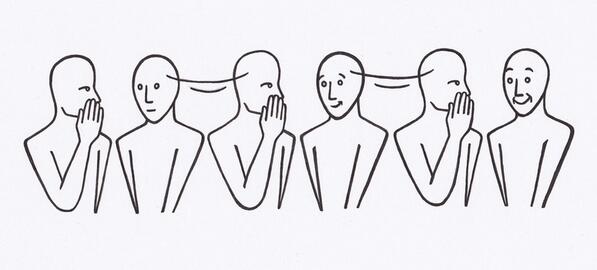







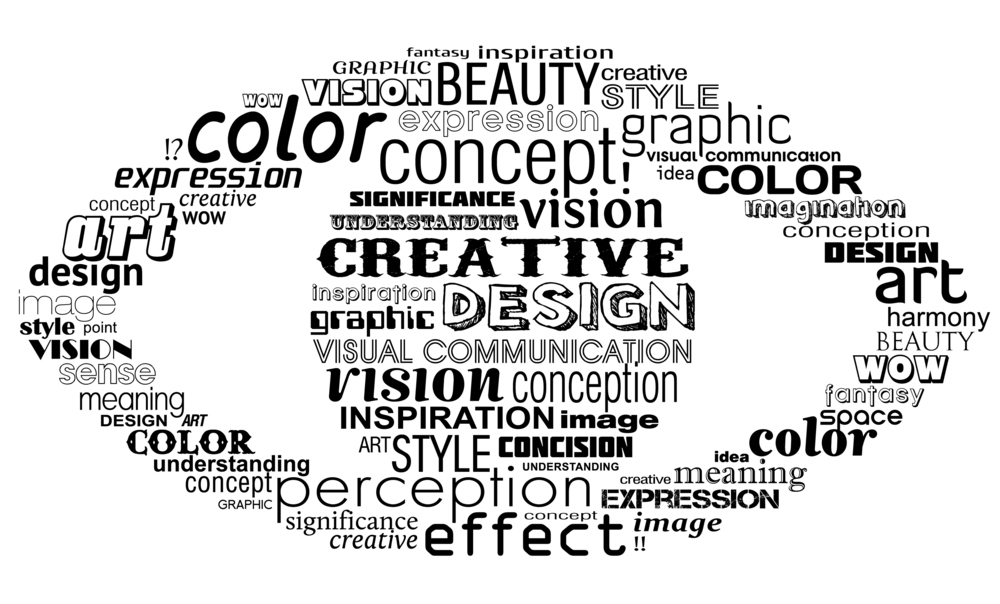


 And now, MEDIA
And now, MEDIA

















 Hello everyone .. as part of the CLMOOC/DigiWriMo Pop-Up Make Cycle, we thought it might be interesting to dive into this interview with Troy Hicks about the nature of Digital Writing. Troy may join us in the margins, too.
Hello everyone .. as part of the CLMOOC/DigiWriMo Pop-Up Make Cycle, we thought it might be interesting to dive into this interview with Troy Hicks about the nature of Digital Writing. Troy may join us in the margins, too.







